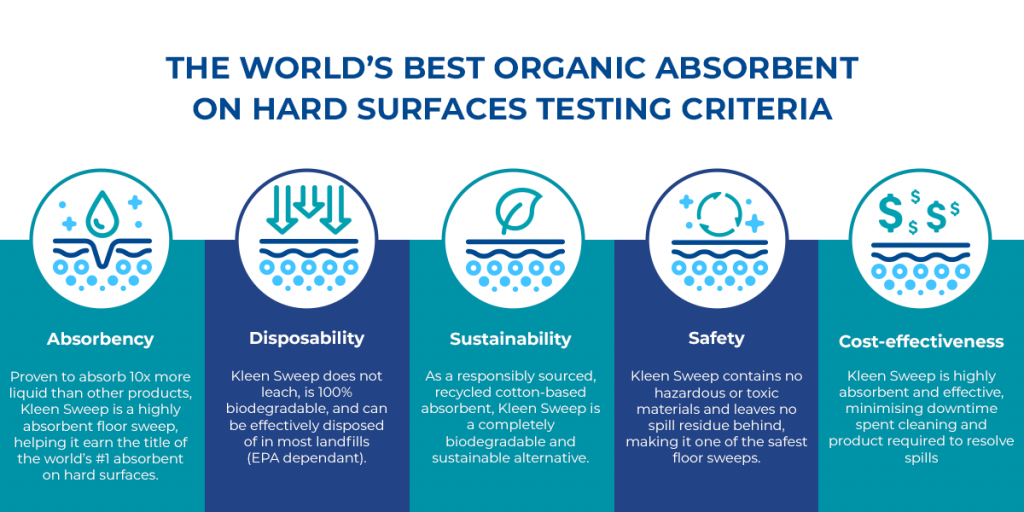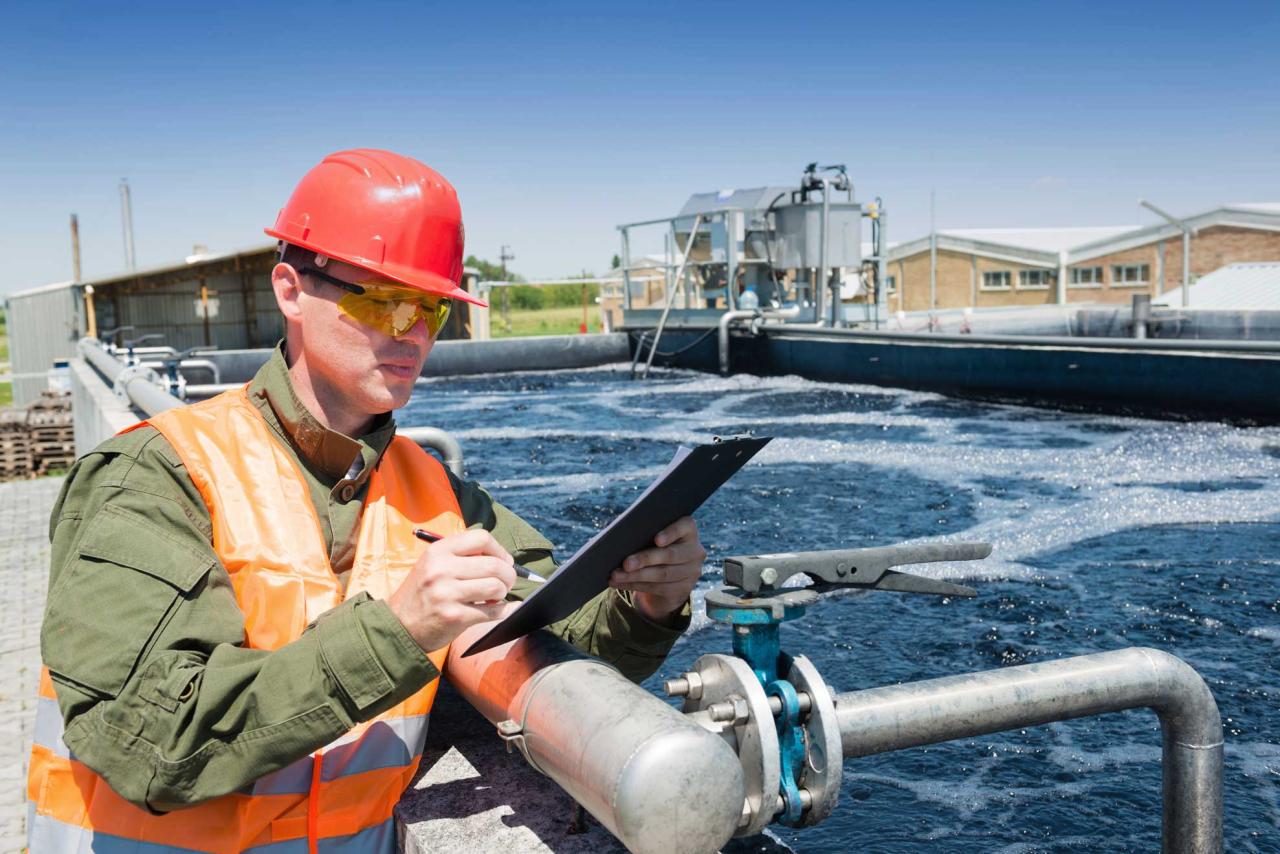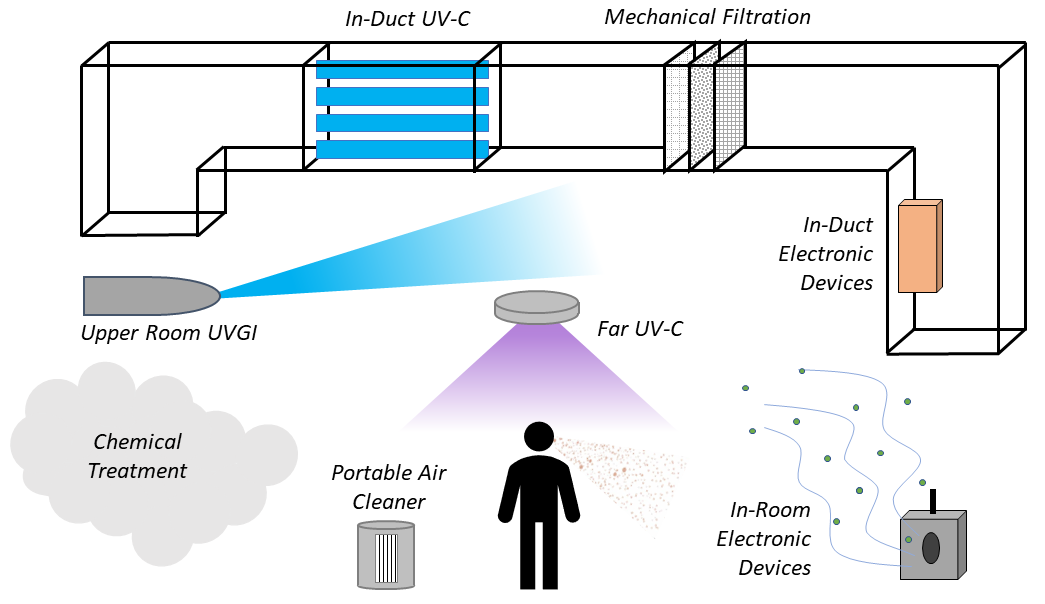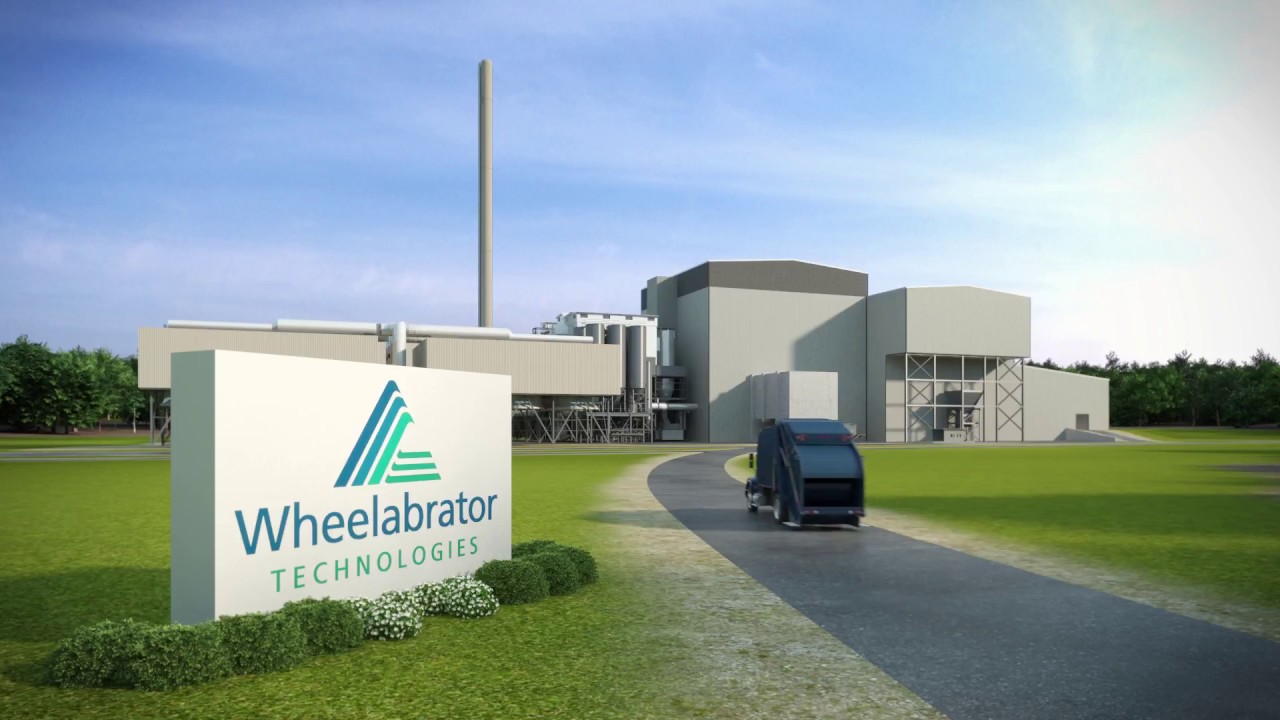Eco-Absorbent Technologies: A Sustainable Solution
Eco absorbent technologies – Eco-absorbent technologies are revolutionizing how we address environmental challenges by providing innovative and sustainable solutions. These technologies utilize natural or synthetic materials to absorb, capture, and […]

Eco absorbent technologies – Eco-absorbent technologies are revolutionizing how we address environmental challenges by providing innovative and sustainable solutions. These technologies utilize natural or synthetic materials to absorb, capture, and remove pollutants, contaminants, and excess water from various environments.
From cleaning up oil spills to purifying wastewater, eco-absorbent technologies are finding applications across diverse industries, including agriculture, manufacturing, and energy. These technologies offer a promising path towards a more sustainable future by minimizing environmental impact and promoting resource conservation.
Types of Eco-Absorbent Technologies
Eco-absorbent technologies are a diverse group of materials and processes designed to effectively and sustainably absorb and manage various pollutants and contaminants. These technologies offer a promising solution for addressing environmental challenges by minimizing waste, reducing pollution, and promoting resource recovery.
Classification of Eco-Absorbent Technologies
Eco-absorbent technologies can be classified based on their material composition and absorption mechanisms. Each type exhibits unique characteristics and finds applications in specific areas.
| Technology Type | Material | Mechanism | Applications |
|---|---|---|---|
| Bio-based Absorbent Materials | Cellulose, chitin, lignin, alginate, and other natural polymers | Physical adsorption, chemical binding, and biodegradation | Oil spill cleanup, wastewater treatment, heavy metal removal, and agricultural applications |
| Mineral-based Absorbent Materials | Clay minerals (bentonite, zeolite), activated carbon, silica gel, and diatomaceous earth | Surface adsorption, ion exchange, and catalytic activity | Water purification, air pollution control, odor removal, and industrial waste management |
| Synthetic Polymer-based Absorbent Materials | Polymers (polypropylene, polyethylene, polystyrene), hydrogels, and aerogels | Physical adsorption, capillary action, and swelling | Oil spill cleanup, water purification, and drug delivery |
| Hybrid Absorbent Materials | Combination of bio-based, mineral-based, and synthetic polymer materials | Synergistic combination of different absorption mechanisms | Multi-functional applications, such as oil-water separation, heavy metal removal, and air purification |
Materials Used in Eco-Absorbent Technologies
Eco-absorbent technologies rely on a variety of sustainable materials to effectively absorb and retain liquids, oils, and other pollutants. These materials are carefully selected based on their unique properties, such as high absorbency, biodegradability, and cost-effectiveness. The choice of material depends on the specific application and the environmental conditions.
Properties of Sustainable Materials Used in Eco-Absorbent Technologies
Sustainable materials used in eco-absorbent technologies possess several desirable properties that make them suitable for various applications. These properties include:
- High absorbency: This refers to the material’s ability to absorb and retain a significant amount of liquid relative to its own weight. For example, some materials can absorb up to 20 times their weight in water.
- Biodegradability: Biodegradable materials break down naturally over time, reducing the risk of environmental pollution. This is particularly important for applications where the absorbent material may end up in landfills or aquatic environments.
- Renewable sources: Using materials derived from renewable sources, such as plants or agricultural byproducts, minimizes the depletion of finite resources and reduces the carbon footprint of the technology.
- Cost-effectiveness: Sustainable materials should be affordable and readily available to ensure the economic viability of the eco-absorbent technology.
- Chemical resistance: Some materials are designed to resist specific chemicals, making them suitable for absorbing hazardous substances.
- Non-toxicity: It is essential that the materials used in eco-absorbent technologies are non-toxic to both humans and the environment.
Comparison of Different Materials, Eco absorbent technologies
The following table highlights the properties, sources, and environmental impact of different materials commonly used in eco-absorbent technologies:
| Material | Properties | Source | Environmental Impact |
|---|---|---|---|
| Cellulose-based materials (e.g., cotton, wood pulp) | High absorbency, biodegradability, readily available | Renewable sources (plants) | Generally low impact, but production can require significant water and energy |
| Agricultural byproducts (e.g., straw, coconut fiber) | High absorbency, biodegradability, low cost | Agricultural waste | Low impact, helps reduce waste and promotes sustainable agriculture |
| Biopolymers (e.g., starch, chitin) | High absorbency, biodegradability, renewable sources | Plants, animals | Generally low impact, but production can require specific processing |
| Activated carbon | High absorbency, good chemical resistance | Coal, wood, coconut shell | Can have moderate environmental impact during production, but can be reused and recycled |
| Natural fibers (e.g., hemp, jute) | High absorbency, biodegradability, renewable sources | Plants | Low impact, promotes sustainable agriculture and reduces dependence on synthetic materials |
“The selection of materials for eco-absorbent technologies is crucial for achieving both environmental and economic sustainability.”
Applications of Eco-Absorbent Technologies
Eco-absorbent technologies have found widespread applications across various sectors, addressing critical challenges related to environmental sustainability and resource management. These technologies offer innovative solutions for absorbing, sequestering, and reusing various materials, contributing to a cleaner and more sustainable future.
Wastewater Treatment
Eco-absorbent technologies play a crucial role in wastewater treatment by removing pollutants and contaminants. These technologies are particularly effective in treating industrial wastewater, which often contains high concentrations of heavy metals, organic compounds, and other harmful substances.
- Heavy Metal Removal: Eco-absorbents, such as activated carbon, zeolites, and biochar, can effectively remove heavy metals from wastewater through adsorption processes. This prevents the metals from contaminating water bodies and harming aquatic life.
- Organic Pollutant Removal: Eco-absorbents can also remove organic pollutants, such as dyes, pesticides, and pharmaceuticals, from wastewater. This is achieved through a combination of adsorption, biodegradation, and chemical transformation processes.
- Nutrient Removal: Eco-absorbents can effectively remove nutrients, such as nitrates and phosphates, from wastewater. This is crucial for preventing eutrophication, a process that can lead to excessive algal growth and depletion of oxygen in water bodies.
Oil Spill Cleanup
Eco-absorbent technologies are essential for responding to oil spills and mitigating their environmental impact. These technologies are designed to absorb oil from water surfaces, preventing it from spreading and contaminating coastal areas.
- Bio-based Absorbents: Eco-absorbents made from natural materials, such as plant fibers and agricultural byproducts, are increasingly used for oil spill cleanup. These materials are biodegradable and have a lower environmental footprint than synthetic absorbents.
- Oil-water Separation: Some eco-absorbent technologies, such as hydrophobic membranes and oil-absorbing sponges, can separate oil from water, enabling the recovery of valuable oil resources.
Agriculture and Soil Remediation
Eco-absorbent technologies have significant applications in agriculture and soil remediation, addressing issues related to soil contamination, nutrient management, and water conservation.
- Soil Remediation: Eco-absorbents can be used to remove pollutants, such as heavy metals, pesticides, and herbicides, from contaminated soils. This helps restore soil fertility and promote healthy plant growth.
- Nutrient Management: Eco-absorbents can help manage nutrient availability in soils, preventing nutrient leaching and improving fertilizer efficiency. This reduces the need for synthetic fertilizers, which can have negative environmental impacts.
- Water Conservation: Eco-absorbents can enhance water retention in soils, reducing water loss through evaporation and improving drought resistance in crops.
Air Pollution Control
Eco-absorbent technologies are increasingly used for air pollution control, capturing and removing harmful pollutants from industrial emissions and vehicle exhaust.
- Particulate Matter Removal: Eco-absorbents, such as activated carbon and zeolites, can effectively remove particulate matter (PM) from air, reducing the health risks associated with air pollution.
- VOC Removal: Eco-absorbents can also remove volatile organic compounds (VOCs) from air, reducing their contribution to smog formation and other environmental problems.
Energy Storage and Conversion
Eco-absorbent technologies are finding applications in energy storage and conversion, enabling the development of sustainable and efficient energy systems.
- Battery Electrodes: Eco-absorbents can be used as electrode materials in batteries, improving their performance and reducing their reliance on scarce and environmentally harmful materials.
- Fuel Cells: Eco-absorbents can be used in fuel cells to capture and store hydrogen, enabling the development of clean and efficient energy technologies.
Food Packaging and Preservation
Eco-absorbent technologies are used in food packaging and preservation to enhance food safety and extend shelf life.
- Moisture Control: Eco-absorbents can absorb excess moisture from food packages, preventing spoilage and extending the shelf life of products.
- Gas Absorption: Eco-absorbents can absorb gases, such as ethylene, which can accelerate food spoilage. This helps maintain the freshness and quality of food products.
Other Applications
Eco-absorbent technologies have a wide range of other applications, including:
- Personal Care Products: Eco-absorbents are used in personal care products, such as diapers, feminine hygiene products, and wound dressings, to absorb moisture and provide comfort.
- Construction Materials: Eco-absorbents can be incorporated into building materials to improve their insulation properties and reduce energy consumption.
- Textile Industry: Eco-absorbents can be used in textiles to enhance their moisture-wicking properties and improve their comfort and performance.
Environmental Impact of Eco-Absorbent Technologies

Eco-absorbent technologies are designed to minimize environmental harm by providing sustainable alternatives to traditional absorbent materials. Their impact on the environment is multifaceted, offering numerous benefits while also presenting potential drawbacks.
Environmental Benefits of Eco-Absorbent Technologies
Eco-absorbent technologies offer several advantages over traditional methods, contributing to a more sustainable environment.
- Reduced Waste Generation: Eco-absorbent materials are often biodegradable or compostable, significantly reducing the amount of waste sent to landfills. This minimizes the environmental burden associated with waste disposal and promotes a circular economy.
- Minimized Pollution: Eco-absorbent technologies can help reduce water and soil pollution. For example, oil spills can be cleaned up using bio-based absorbents, preventing harmful chemicals from entering the environment.
- Conservation of Natural Resources: By utilizing renewable and sustainable materials, eco-absorbent technologies help conserve finite resources. For instance, using agricultural byproducts as absorbent materials reduces the demand for virgin materials.
- Reduced Carbon Footprint: The production and disposal of traditional absorbents can contribute to greenhouse gas emissions. Eco-absorbent technologies, particularly those made from renewable sources, can have a lower carbon footprint, promoting a greener approach.
Potential Environmental Drawbacks and Limitations
While eco-absorbent technologies offer numerous benefits, some potential drawbacks and limitations need to be considered.
- Performance Variability: The effectiveness of eco-absorbent materials can vary depending on the specific application and environmental conditions. Factors such as temperature, pH, and the type of contaminant can influence their performance.
- Cost Considerations: In some cases, eco-absorbent technologies can be more expensive than traditional methods. However, advancements in production and the increasing demand for sustainable solutions are driving down costs.
- Limited Availability: The availability of some eco-absorbent materials can be limited, especially in specific geographic locations. This can pose a challenge for widespread adoption.
- Potential for Bioaccumulation: While eco-absorbent materials are generally biodegradable, some concerns exist regarding potential bioaccumulation of certain components. This requires careful consideration and further research to ensure minimal environmental impact.
Comparative Analysis of Environmental Impact
A comparative analysis of eco-absorbent technologies versus traditional methods reveals the significant environmental advantages offered by sustainable solutions.
- Oil Spill Cleanup: Traditional methods often involve using synthetic absorbents like polypropylene, which can persist in the environment for years. Eco-absorbent materials, such as coconut coir or cellulose fibers, offer a biodegradable alternative, reducing the long-term impact on marine ecosystems.
- Industrial Waste Management: Traditional methods for absorbing industrial waste often involve using non-biodegradable materials, leading to landfill accumulation. Eco-absorbent technologies, such as bio-based foams or activated carbon derived from renewable sources, provide sustainable alternatives, reducing waste generation and promoting recycling.
Future Trends and Innovations: Eco Absorbent Technologies
The field of eco-absorbent technologies is continuously evolving, driven by the increasing demand for sustainable solutions to environmental challenges. Researchers and developers are actively exploring new materials, designs, and manufacturing processes to enhance the performance, efficiency, and environmental friendliness of eco-absorbent materials.
Advancements in Materials
Advancements in materials science are playing a crucial role in shaping the future of eco-absorbent technologies. Scientists are exploring novel materials with enhanced properties, such as increased absorbency, selectivity, and durability.
- Bio-based polymers: These polymers derived from renewable sources like plants and algae offer a sustainable alternative to petroleum-based materials. Examples include polylactic acid (PLA), polyhydroxyalkanoates (PHAs), and cellulose-based polymers. These bio-based polymers often exhibit excellent biodegradability and compostability, making them ideal for applications where disposal is a concern.
- Nanomaterials: Nanomaterials, such as graphene, carbon nanotubes, and silica nanoparticles, are known for their high surface area and unique properties. Incorporation of these materials into eco-absorbent technologies can significantly enhance their absorption capacity and selectivity for specific pollutants. For example, graphene-based materials have shown promise in oil spill cleanup due to their high oil absorption capacity and hydrophobic nature.
- Hybrid materials: Combining different materials with complementary properties can lead to the development of highly efficient eco-absorbent materials. For instance, combining bio-based polymers with nanomaterials can create materials with both high absorbency and biodegradability.
Design Innovations
Innovative designs are being developed to improve the functionality and effectiveness of eco-absorbent materials. These designs focus on optimizing factors such as surface area, porosity, and surface chemistry to enhance absorption and selectivity.
- 3D printing: 3D printing, also known as additive manufacturing, allows for the creation of complex structures with tailored properties. This technology enables the fabrication of eco-absorbent materials with intricate geometries and optimized porosity, leading to improved absorption performance and mechanical strength.
- Surface modification: Modifying the surface chemistry of eco-absorbent materials can enhance their selectivity for specific pollutants. For example, introducing functional groups or coatings to the surface can improve the material’s affinity for oil, heavy metals, or other target contaminants.
- Smart materials: Integrating sensors and actuators into eco-absorbent materials can create “smart” materials that can respond to environmental changes. For instance, these materials could release absorbed pollutants upon a specific trigger, such as temperature or pH change, allowing for controlled release and easier recovery.
Manufacturing Advancements
Significant advancements in manufacturing processes are enabling the production of eco-absorbent materials on a larger scale while maintaining their sustainability and performance.
- Bio-based manufacturing: Utilizing renewable resources and environmentally friendly processes in manufacturing is crucial for the sustainability of eco-absorbent technologies. Examples include using bio-based solvents, reducing energy consumption, and minimizing waste generation.
- Scalable production: Developing scalable manufacturing methods is essential for meeting the increasing demand for eco-absorbent materials. This involves optimizing production processes to ensure cost-effectiveness and high throughput while maintaining quality.
- Recycling and reuse: Incorporating recycling and reuse strategies into the manufacturing process is crucial for minimizing the environmental impact of eco-absorbent technologies. This includes designing materials that can be easily recycled or reused, reducing waste and promoting a circular economy.
Research and Development Efforts
Research and development efforts in eco-absorbent technologies are ongoing, with a focus on addressing key challenges and exploring new possibilities.
- Developing materials with improved selectivity: Researchers are working on developing materials that can selectively absorb specific pollutants from complex mixtures, such as oil spills or contaminated water. This selectivity is crucial for efficient cleanup and minimizes the impact on other components of the environment.
- Improving material durability and longevity: Research is focused on developing eco-absorbent materials that are durable and can withstand harsh environmental conditions. This includes exploring ways to improve their resistance to degradation, leaching, and fouling.
- Exploring cost-effective and scalable manufacturing methods: Researchers are working on developing cost-effective and scalable manufacturing methods for eco-absorbent materials. This is crucial for making these technologies accessible and affordable for a wider range of applications.
Ending Remarks
As we continue to face pressing environmental challenges, eco-absorbent technologies emerge as essential tools for a more sustainable future. These technologies not only offer practical solutions for pollution control and resource management but also drive innovation and progress in various sectors. With ongoing research and development, eco-absorbent technologies are poised to play an increasingly crucial role in shaping a cleaner and healthier planet for generations to come.
Eco-absorbent technologies are playing a crucial role in addressing environmental challenges, particularly in areas like oil spill cleanup and water purification. The innovative materials used in these technologies are often inspired by natural processes, like the way certain plants absorb water.
Speaking of innovation, the Acura MDX Advance Package and Technology Package offer a range of features that enhance driving experience, including advanced safety systems and infotainment technology. Comparing these packages can help you decide which best suits your needs and preferences.
Ultimately, both eco-absorbent technologies and advancements in automotive engineering contribute to a more sustainable future.










